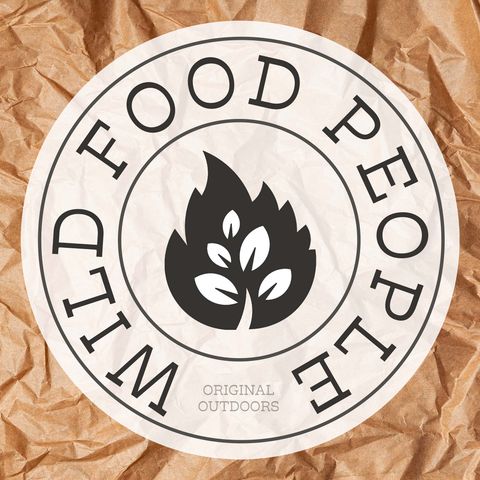6: Should deer be left to rot on the hill?

Descarga y escucha en cualquier lugar
Descarga tus episodios favoritos y disfrútalos, ¡dondequiera que estés! Regístrate o inicia sesión ahora para acceder a la escucha sin conexión.
6: Should deer be left to rot on the hill?
Esta transcripción es generada automáticamente. Ten en cuenta que no se garantiza una precisión absoluta.
Descripción
This episode sees the brief return of Wild Food News, brought to you by the 'silly season' of UK press. We talk about the study that suggests that deer carcasses...
mostra másWe talk about the study that suggests that deer carcasses should be left behind on the hills to keep nutrients in the soil, and why you can no longer trap the invasive Signal crayfish for food.
https://wildfoodpeople.co.uk
Recent research conducted by the University of Edinburgh and Yale University suggests that by taking culled deer carcasses off the landscape we are removing vital nutrients from that ecosystem.
The research has been conducted by calculating the average amount of nutrients in a deer carcass and combining that with data on the number of deer culled in Scotland over a 12 year stretch. Richard Prideaux talks through the implications of both leaving or removing deer carcasses from the landscape for local habitats but also the impact that it could have of outdoor access and the ability of landowners to meet cull targets. Deer management in Scotland is hugely important to maintain a balance within delicate ecosystems and is often funded through paid stalks and the sale of the venison as a result of culling, leaving carcasses where they fall could push landowners towards less desirable methods of deer management. It's also difficult to condone leaving healthy and ethical meat in the landscape to rot.
The American signal crayfish was deliberately brought over to the UK in the 1970s in order to farm them for food, however they quickly made their way into the wild and have been very successful at spreading around the country's waterways ever since.
These voracious predators are a threat to our native white clawed crayfish as well as anything else that they can tackle. Amy Green explains how they also cause riverbank erosion and in some cases have been moved around the country by people who would like a local source of these tasty freshwater crustaceans. Until recently conservation groups and government bodies were encouraging the trapping of signal crayfish for food, as a means of ridding our rivers and ponds of them. However they have recently changed the licencing rules and banned the sale of live signal crayfish, essentially changing the way in which they can be sold as food in the UK and exported overseas.
Links
- Wild Food People on Instagram, Twitter, Facebook - @wildfoodpeople
- Support the Wild Food People podcast on Patreon - https://www.patreon.com/wildfoodpeople
- About Wild Food People - https://wildfoodpeople.co.uk/about/
- Attend a course with Wild Food People - https://wildfoodpeople.co.uk/courses
- Get in touch with us - https://wildfoodpeople.co.uk/contact-us/
- Richard on Instagram and Twitter - @richprideaux
- Amy on Instagram and Twitter - @agreenoutdoors
-Why culled deer carcasses in Scotland should be left to rot, according to experts - https://www.scotsman.com/hays-way/why-culled-deer-carcasses-in-scotland-should-be-left-to-rot-according-to-experts-4715814
-Experts advocate for consuming invasive crustacean species threatening local ecosystems: 'They taste absolutely fantastic'- https://www.thecooldown.com/outdoors/signal-crayfish-invasive-species-uk-rivers/
Información
| Autor | Original Outdoors |
| Organización | Original Outdoor Media |
| Página web | wildfoodpeople.co.uk |
| Etiquetas |
Copyright 2024 - Spreaker Inc. an iHeartMedia Company
